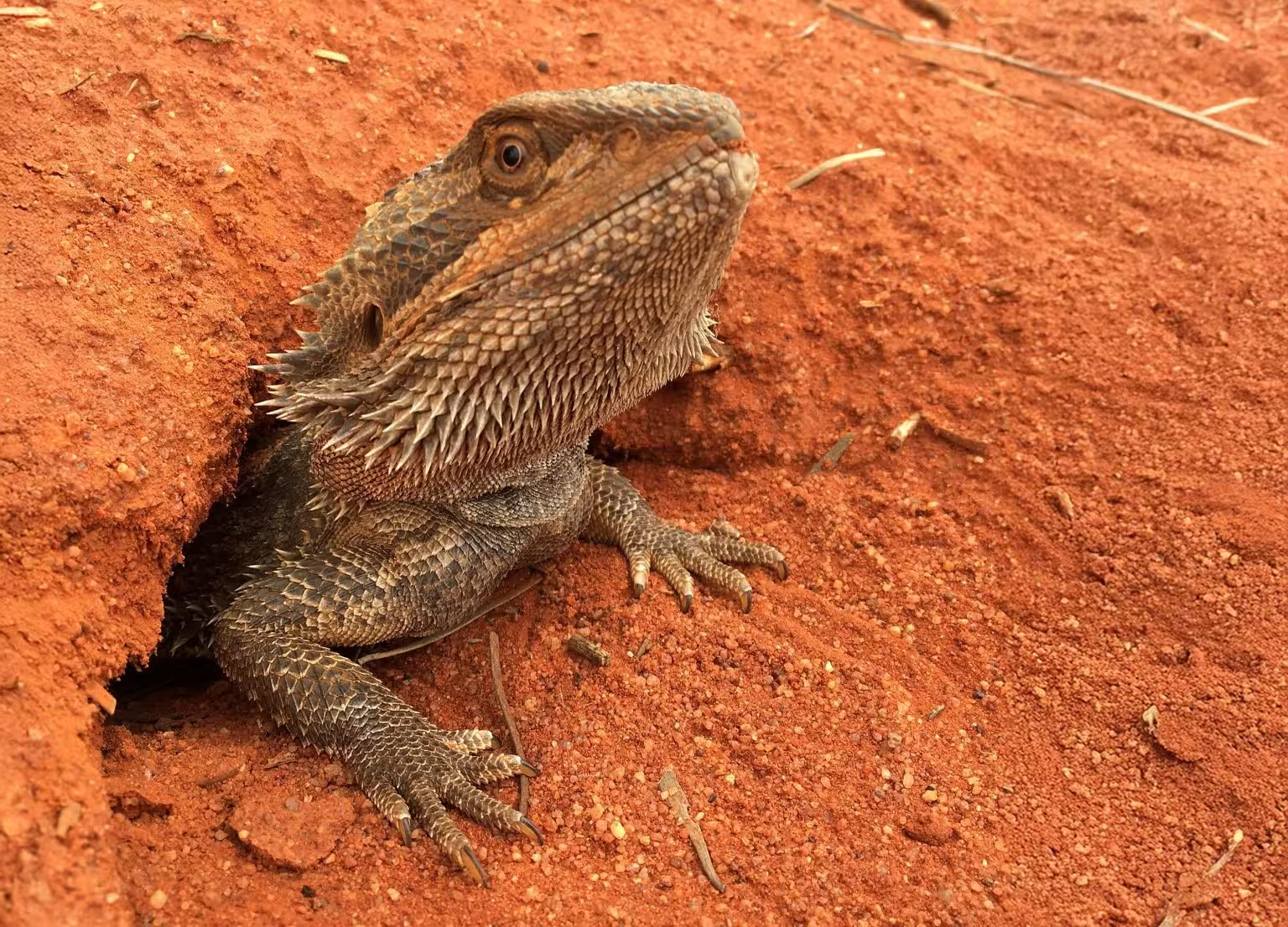4 Minutes
Discovery and scientific context
Bearded dragons (Pogona spp.) can undergo sex reversal — genetically male individuals can develop as phenotypic females under certain environmental conditions. Two independent international teams have now produced two high-quality reference genomes from opposite sexes and using different sequencing technologies. These assemblies converge on a central finding: anti-Müllerian hormone (AMH) signaling appears to be a principal driver of sex determination in this species. The work combines genomics, comparative analysis and gene expression data to clarify mechanisms that previously were only partially understood.
Genome sequencing, technology and methodology
One team led by researchers at BGI used the new CycloneSEQ long-read platform to assemble a contiguous bearded dragon genome. Long-read sequencing reduces assembly gaps and resolves repetitive or high-GC regions that short-read methods struggle with. Qiye Li of BGI explained that the team chose the bearded dragon as their first animal genome on the new sequencer both for biological interest and cultural significance: it was the Year of the Dragon in China. Their assemblies allowed the resolution of previously intractable genomic regions and highlighted candidate loci involved in sex determination.
Independently, a second group led by researchers including Arthur Georges at the University of Canberra produced a complementary reference from the opposite sex using alternate technologies and assembly strategies. Having two assemblies from opposite sexes and different platforms—each pointing to the same candidate master genes—greatly strengthens confidence in the conclusions and provides robust resources for future comparative and functional studies.

Key findings: AMH signaling and the ZW system
Both projects pinpointed changes in AMH-related pathways as central to sex determination in bearded dragons. AMH signaling is known in vertebrates for roles in reproductive tract development; here, genome data suggest it acts as a master regulator in the dragon’s sex-determining cascade. The studies also raise questions about the evolutionary origin of the ZW sex chromosome system in these lizards. Additional high-quality genomes from closely related squamate species will be essential to reconstruct the chromosomal and molecular steps that gave rise to this system.
Why two independent assemblies matter
Independent confirmation reduces false positives and experimental bias. Openly shared genomic data enable other labs to test gene-gene and gene-environment interactions, explore cranial and brain development differences, and build a well-supported squamate model for comparative work alongside traditional models such as mouse, human and bird.
Implications and future prospects
These new genomes are a major advance for evolutionary genomics, developmental biology and behavioral science. They enable functional experiments to test candidate transcription factors and signaling pathways, clarify how environmental cues can trigger sex reversal, and provide a genomic framework for conservation genetics. The rapid development of sequencing technology—highlighted by BGI’s gains in throughput and cost-effectiveness—also demonstrates how technical progress accelerates biological discovery.
Expert Insight
Dr. Maya Singh, evolutionary developmental biologist: 'Having two complementary, high-contiguity genomes is a game-changer. It lets us distinguish true regulatory changes from assembly artifacts and design precise CRISPR or expression studies to test the role of AMH signaling in sex reversal. This is exactly the sort of comparative genomic foundation the field needed.'
Conclusion
The convergent evidence from two independent, high-quality bearded dragon genomes reveals AMH signaling as a central mechanism of sex determination and offers a clear path to resolve the evolutionary history of the ZW system in squamates. Open data, complementary technologies, and improved long-read sequencing are together accelerating discovery in vertebrate sex biology, with implications for development, behavior and comparative genomics.
Source: scitechdaily


Leave a Comment